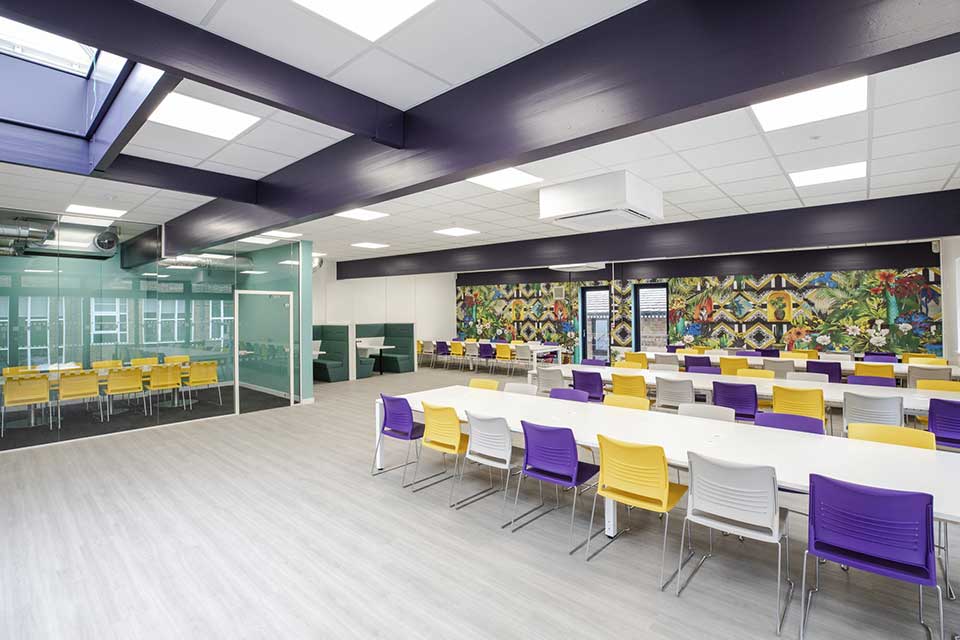How Space Impacts Upon Learning – Tracking and Designing Impactful Strategies Based On Data
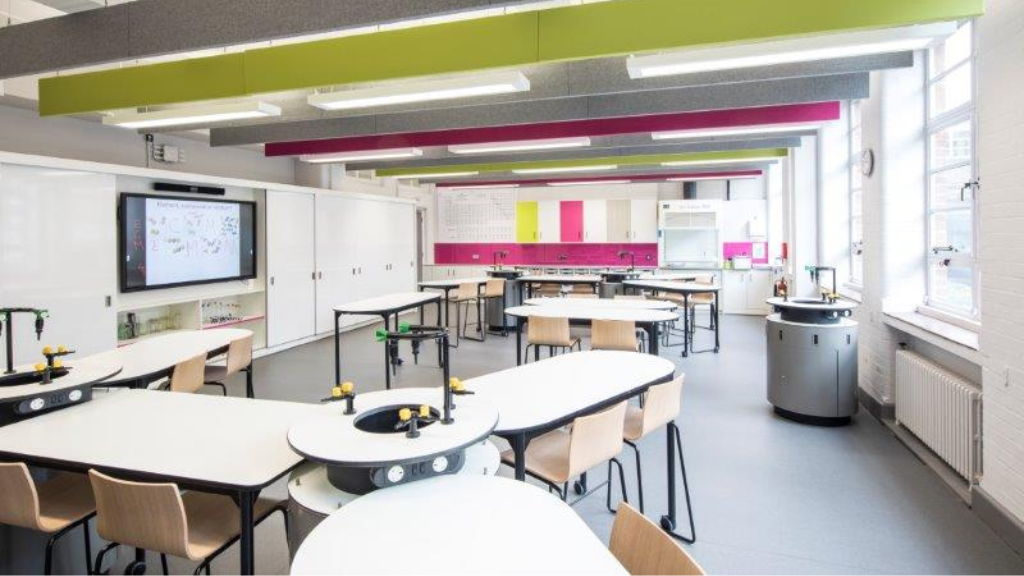
What Is The Impact Of Space On Learning?
The main aim of acoustics in the learning environment is to ensure that everything heard, from the teachers’ instructions, classmates’ contributions, music and more is clear and unimpeded by background noise. Scientifically speaking, this is primarily done by raising soundwave transmission and lowering sound barriers. From an educational standpoint, the benefits of good acoustics affect engagement, retention and concentration – key factors in creating a high achieving environment that appeals to staff and students alike.
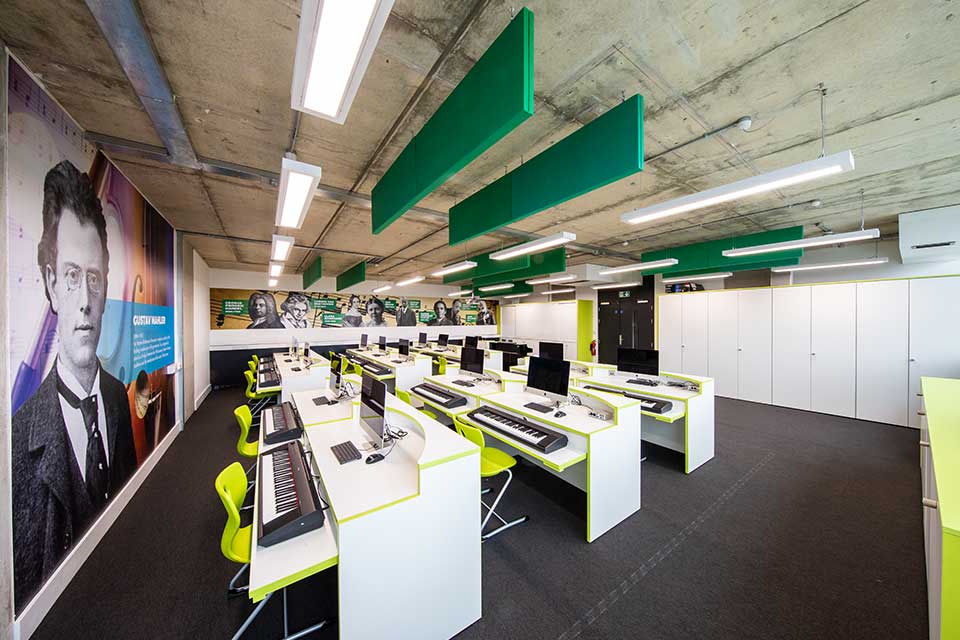
How Can Your School’s Space Affect Your Students’ Learning?
Flexible learning spaces offer supportive areas for everyone in the classroom which aligned with furniture that can be easily stored or repositioned gives the classroom many different uses. The traditional layout of the teacher at the front is now often replaced by a more congenial design, with space between desks for easy access and movement around the room to support the increasing yet different needs of students. The impact of space on learning for staff and students has been widely documented. It comes as no surprise that if your classroom layouts are adaptable and flexible, teachers can employ a wide range of teaching styles for maximum learner engagement.
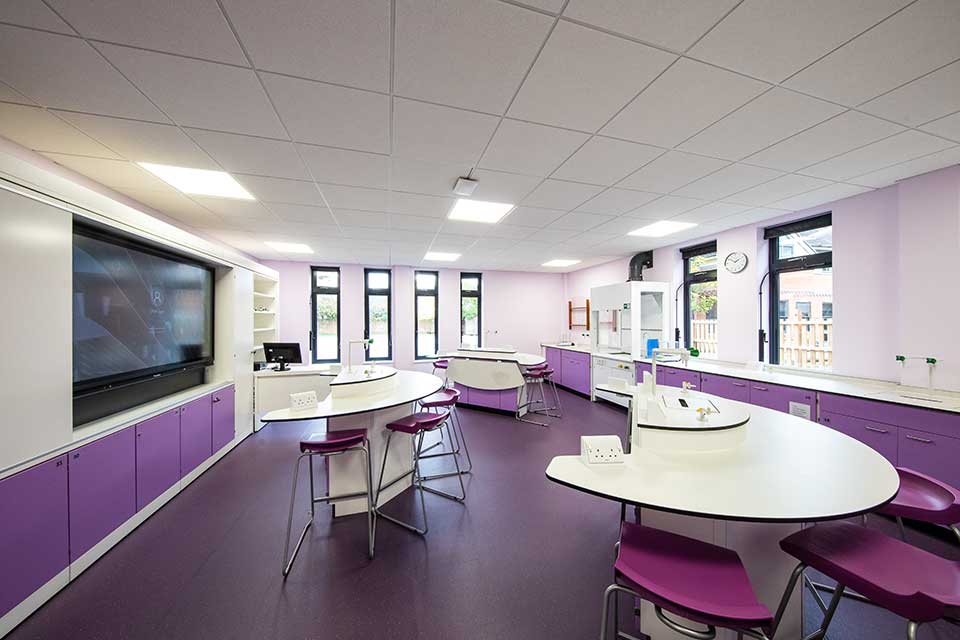
What Should Our School Be Doing?
Key points such as plentiful classroom storage with everything in its rightful place yet easy to access, secure and with all clutter tidied away out of sight leads to increasingly focussed, engaged learners. Consider smaller rooms off main teaching areas such as music pods, independent study areas or smaller laboratories for extra space to give your students more chances to learn heuristically and autonomously with the confidence to be able to share ideas and suggestions. Make your furniture, as well as your classrooms, easy to change around and your teachers will keep students’ interest for longer – which data shows us, leads to better results.
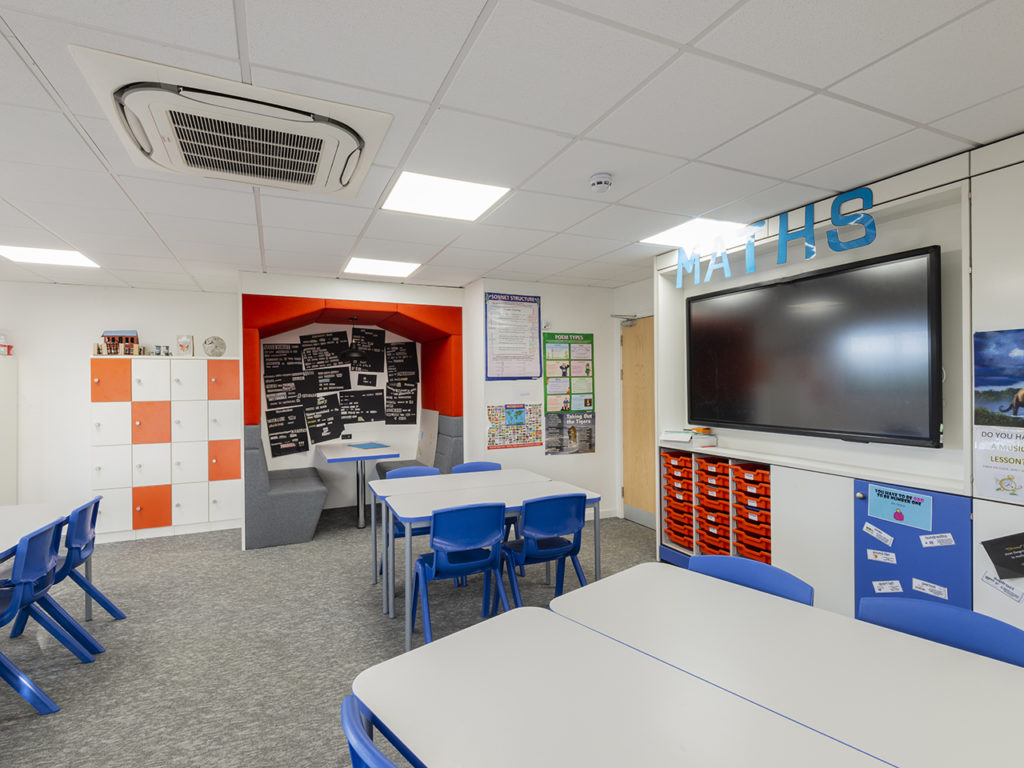
Space and Learning
As well as the importance of adaptable space in the learning environment, when aligned with strategies in teaching, students benefit from not only a significantly enhanced classroom in terms of space and layout, but also an educational programme that engage with learners and allows experimentation to broaden understanding, discussion and knowledge. Rooms can be altered easily and quickly leaving teachers to focus on the lesson in hand, and the layout of the classroom directs students as to how they are expected to learn, whether individual, small groups or classwork to gain a collaborative understanding and increase self-esteem. Teachers will have a variety of needs in the classroom and their space should be able to serve all its desired purposes. Students, too, prefer to see a change to the standard classroom and they feel better engaged with a new layout or with changes made to their existing learning space.
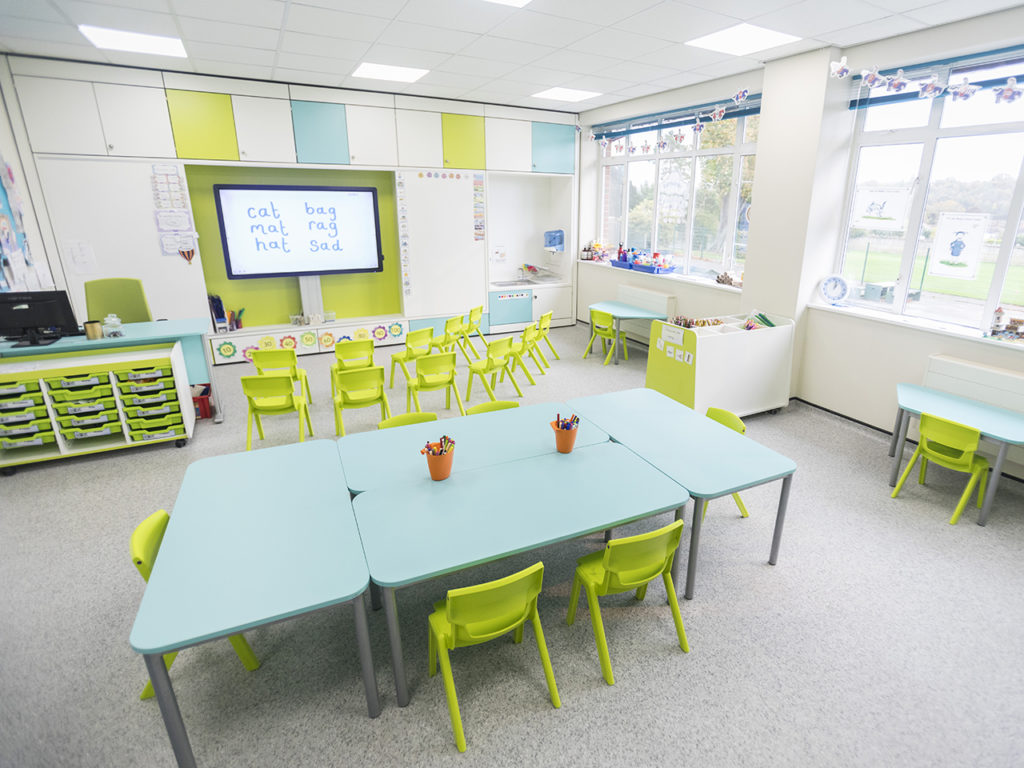
It is vital that all schools allow for the impact of space on learning for students with a range of learning styles to ensure your students can access maximum engagement, understanding and achievement in the classroom.
Call our educational specialists at Noble and Eaton to find out how we can support you to collect and analyse data to show how the learning environment impacts on attitude to learning and attainment.


